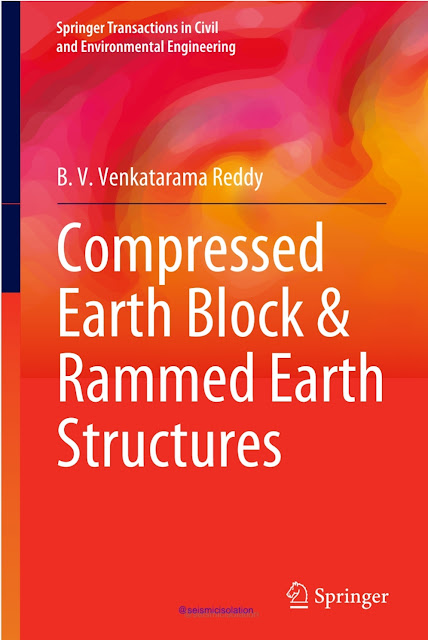Compressed Earth Block & Rammed Earth Structures
The word “earth” means the planet on which we live and also the substance of the land surface: the soil—a layer of earth. The words “soil” and “earth” are commonly used phrases in the context of earthen structures. When the humans attempted to shed the nomadic life, need arose for the construction of the shelters. The construction techniques were evolved for utilising the locally available soil or the earth for the dwellings.
There are footprints of earthen structures in all the main cradles of the civilisations. The earthen materials have nearly zero carbon footprint and complete recyclability with zero environmental costs. With the advent of the modern construction materials and the construction techniques after the Industrial Revolution, the developments as well as use of earthen constructions took a back seat. The modern building materials are energy intensive and consume unsustainably extracted mined raw materials from the planet earth threatening the sustainability of the living habitats on the planet. The soil or the earth provides scope for devising low carbon and sustainable options to build the modern earthen structures.
The traditional earth constructions suffer from strength loss on moisture absorption and durability against adverse environmental actions. Such problems can be mitigated through the process of stabilisation using inorganic binders and industrial by-products. The stabilised earth roads and pavements were popular in the early part of the twentieth century. The lime stabilised rammed earth can be seen in the centuries old famous Chinese tulou houses and rammed earth used in Alcazaba Cadima in Granada, Spain (eighth century AD).
Since the last 5–6 decades, immense technological developments can be noticed on the stabilised earth construction. Research and innovation into earthen construction materials and technologies for earthen structures has grown significantly in recent years fostering the development of relevant codes of practices dealing with diverse functional performances of the buildings, viz. materials, durability, climatic response, indoor air quality, acoustics, aesthetics and environment.
The stabilised earth building technologies are being commercially exploited across the globe, and there is a considerable stock of modern stabilised earth buildings in many countries. There is a great deal of interest among many professionals, organisations and individuals in utilising the stabilised earth technology for the buildings.
DOWNLOAD :- HERE
